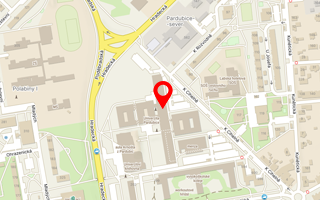Publikace detail
HILIC: Comparison of the separartion properties of diol based columns
Autoři:
Janás Petr | Jandera Pavel | Hájek Tomáš
Rok: 2014
Druh publikace: ostatní - článek ve sborníku
Název zdroje: YISAC 2014 Book of Abstracts
Název nakladatele: Univerzita Pardubice
Místo vydání: Pardubice
Strana od-do: 27-27
